GeForce RTX 50 Series Desktop and Laptop GPUs, unveiled today at the CES trade show, are poised to power the next era of generative and agentic AI content creation — offering new tools and capabilities for video, livestreaming, 3D and more.
Built on the NVIDIA Blackwell architecture, GeForce RTX 50 Series GPUs can run creative generative AI models up to 2x faster in a smaller memory footprint, compared with the previous generation. They feature ninth-generation NVIDIA encoders for advanced video editing and livestreaming, and come with NVIDIA DLSS 4 and up to 32GB of VRAM to tackle massive 3D projects.
These GPUs come with various software updates, including two new AI-powered NVIDIA Broadcast effects, updates to RTX Video and RTX Remix, and NVIDIA NIM microservices — prepackaged and optimized models built to jumpstart AI content creation workflows on RTX AI PCs.
Built for the Generative AI Era
Generative AI can create sensational results for creators, but with models growing in both complexity and scale, generative AI can be difficult to run even on the latest hardware.
The GeForce RTX 50 Series adds FP4 support to help address this issue. FP4 is a lower quantization method, similar to file compression, that decreases model sizes. Compared with FP16 — the default method that most models feature — FP4 uses less than half of the memory and 50 Series GPUs provide over 2x performance compared to the previous generation. This can be done with virtually no loss in quality with advanced quantization methods offered by NVIDIA TensorRT Model Optimizer.
For example, Black Forest Labs’ FLUX.1 [dev] model at FP16 requires over 23GB of VRAM, meaning it can only be supported by the GeForce RTX 4090 and professional GPUs. With FP4, FLUX.1 [dev] requires less than 10GB, so it can run locally on more GeForce RTX GPUs.
With a GeForce RTX 4090 with FP16, the FLUX.1 [dev] model can generate images in 15 seconds with 30 steps. With a GeForce RTX 5090 with FP4, images can be generated in just over five seconds.
A new NVIDIA AI Blueprint for 3D-guided generative AI based on FLUX.1 [dev], which will be offered as an NVIDIA NIM microservice, offers artists greater control over text-based image generation. With this blueprint, creators can use simple 3D objects — created by hand or generated with AI — and lay them out in a 3D renderer like Blender to guide AI image generation.
A prepackaged workflow powered by the FLUX NIM microservice and ComfyUI can then generate high-quality images that match the 3D scene’s composition.
The NVIDIA Blueprint for 3D-guided generative AI is expected to be available through GitHub using a one-click installer in February.
Stability AI announced that its Stable Point Aware 3D, or SPAR3D, model will be available this month on RTX AI PCs. Thanks to RTX acceleration, the new model from Stability AI will help transform 3D design, delivering exceptional control over 3D content creation by enabling real-time editing and the ability to generate an object in less than a second from a single image.
Professional-Grade Video for All
GeForce RTX 50 Series GPUs deliver a generational leap in NVIDIA encoders and decoders with support for the 4:2:2 pro-grade color format, multiview-HEVC (MV-HEVC) for 3D and virtual reality (VR) video, and the new AV1 Ultra High Quality mode.
Most consumer cameras are confined to 4:2:0 color compression, which reduces the amount of color information. 4:2:0 is typically sufficient for video playback on browsers, but it can’t provide the color depth needed for advanced video editors to color grade videos. The 4:2:2 format provides double the color information with just a 1.3x increase in RAW file size — offering an ideal balance for video editing workflows.
Decoding 4:2:2 video can be challenging due to the increased file sizes. GeForce RTX 50 Series GPUs include 4:2:2 hardware support that can decode up to eight times the 4K 60 frames per second (fps) video sources per decoder, enabling smooth multi-camera video editing.
The GeForce RTX 5090 GPU is equipped with three encoders and two decoders, the GeForce RTX 5080 GPU includes two encoders and two decoders, the 5070 Ti GPUs has two encoders with a single decoder, and the GeForce RTX 5070 GPU includes a single encoder and decoder. These multi-encoder and decoder setups, paired with faster GPUs, enable the GeForce RTX 5090 to export video 60% faster than the GeForce RTX 4090 and at 4x speed compared with the GeForce RTX 3090.
GeForce RTX 50 Series GPUs also feature the ninth-generation NVIDIA video encoder, NVENC, that offers a 5% improvement in video quality on HEVC and AV1 encoding (BD-BR), as well as a new AV1 Ultra Quality mode that achieves 5% more compression at the same quality. They also include the sixth-generation NVIDIA decoder, with 2x the decode speed for H.264 video.
NVIDIA is collaborating with Adobe Premiere Pro, Blackmagic Design’s DaVinci Resolve, Capcut and Wondershare Filmora to integrate these technologies, starting in February.
3D video is starting to catch on thanks to the growth of VR, AR and mixed reality headsets. The new RTX 50 Series GPUs also come with support for MV-HEVC codecs to unlock such formats in the near future.
Livestreaming Enhanced
Livestreaming is a juggling act, where the streamer has to entertain the audience, produce a show and play a video game — all at the same time. Top streamers can afford to hire producers and moderators to share the workload, but most have to manage these responsibilities on their own and often in long shifts — until now.
Streamlabs, a Logitech brand and leading provider of broadcasting software and tools for content creators, is collaborating with NVIDIA and Inworld AI to create the Streamlabs Intelligent Streaming Assistant.
Streamlabs Intelligent Streaming Assistant is an AI agent that can act as a sidekick, producer and technical support. The sidekick that can join streams as a 3D avatar to answer questions, comment on gameplay or chats, or help initiate conversations during quiet periods. It can help produce streams, switching to the most relevant scenes and playing audio and video cues during interesting gameplay moments. It can even serve as an IT assistant that helps configure streams and troubleshoot issues.
Streamlabs Intelligent Streaming Assistant is powered by NVIDIA ACE technologies for creating digital humans and Inworld AI, an AI framework for agentic AI experiences. The assistant will be available later this year.
Millions have used the NVIDIA Broadcast app to turn offices and dorm rooms into home studios using AI-powered features that improve audio and video quality — without needing expensive, specialized equipment.
Two new AI-powered beta effects are being added to the NVIDIA Broadcast app.
The first, Studio Voice, enhances the sound of a user’s microphone to match that of a high-quality microphone. The other, Virtual Key Light, can relight a subject’s face to deliver even coverage as if it were well-lit by two lights.
Because they harness demanding AI models, these beta features are recommended for video conferencing or non-gaming livestreams using a GeForce RTX 5080 GPU or higher. NVIDIA is working to expand these features to more GeForce RTX GPUs in future updates.
The NVIDIA Broadcast upgrade also includes an updated user interface that allows users to apply more effects simultaneously, as well as improvements to the background noise removal, virtual background and eye contact effects.
The updated NVIDIA Broadcast app will be available in February.
Livestreamers can also benefit from NVENC — 5% BD-BR video quality improvement for HEVC and AV1 — in the latest beta of Twitch’s Enhanced Broadcast feature in OBS, and the improved AV1 encoder for streaming in Discord or YouTube.
RTX Video — an AI feature that enhances video playback on popular internet browsers like Google Chrome and Microsoft Edge, and locally with Video Super Resolution and HDR — is getting an update to decrease GPU usage by 30%, expanding the lineup of GeForce RTX GPUs that can run Video Super Resolution with higher quality.
The RTX Video update is slated for a future NVIDIA App release.
Unprecedented 3D Render Performance
The GeForce RTX 5090 GPU offers 32GB of GPU memory — the largest of any GeForce RTX GPU ever, marking a 33% increase over the GeForce RTX 4090 GPU. This lets 3D artists build larger, richer worlds while using multiple applications simultaneously. Plus, new RTX 50 Series fourth-generation RT Cores can run 3D applications 40% faster.
DLSS 4 debuts Multi Frame Generation to boost frame rates by using AI to generate up to three frames per rendered frame. This enables animators to smoothly navigate a scene with 4x as many frames, or render 3D content at 60 fps or more.
D5 Render and Chaos Vantage, two popular professional-grade 3D apps for architects and designers, will add support for DLSS 4 in February.
3D artists have adopted generative AI to boost productivity in generating draft 3D meshes, HDRi maps or even animations to prototype a scene. At CES, Stability AI announced SPAR3D, its new 3D model that can generate 3D meshes from images in seconds with RTX acceleration.
NVIDIA RTX Remix — a modding platform that lets modders capture game assets, automatically enhance materials with generative AI tools and create stunning RTX remasters with full ray tracing — supports DLSS 4, increasing graphical fidelity and frame rates to maximize realism and immersion during gameplay.
RTX Remix soon plans to support Neural Radiance Cache, a neural shader that uses AI to train on live game data and estimate per-pixel accurate indirect lighting. RTX Remix creators can also expect access to RTX Skin in their mods, the first ray-traced sub-surface scattering implementation in games. With RTX Skin, RTX Remix mods expect to feature characters with new levels of realism, as light will reflect and propagate through their skin, grounding them in the worlds they inhabit.
GeForce RTX 5090 and 5080 GPUs will be available for purchase starting Jan. 30 — followed by GeForce RTX 5070 Ti and 5070 GPUs in February and RTX 50 Series laptops in March.
All systems equipped with GeForce RTX GPUs include the NVIDIA Studio platform optimizations, with over 130 GPU-accelerated content creation apps, as well as NVIDIA Studio Drivers, tested extensively and released monthly to enhance performance and maximize stability in popular creative applications.
Stay tuned for more updates on the GeForce RTX 50 Series. Learn more about how the GeForce RTX 50 Series supercharges gaming, and check out all of NVIDIA’s announcements at CES.
Every month brings new creative app updates and optimizations powered by the NVIDIA Studio
Follow NVIDIA Studio on Instagram, X and Facebook. Access tutorials on the Studio YouTube channel and get updates directly in your inbox by subscribing to the Studio newsletter.
See notice regarding software product information.

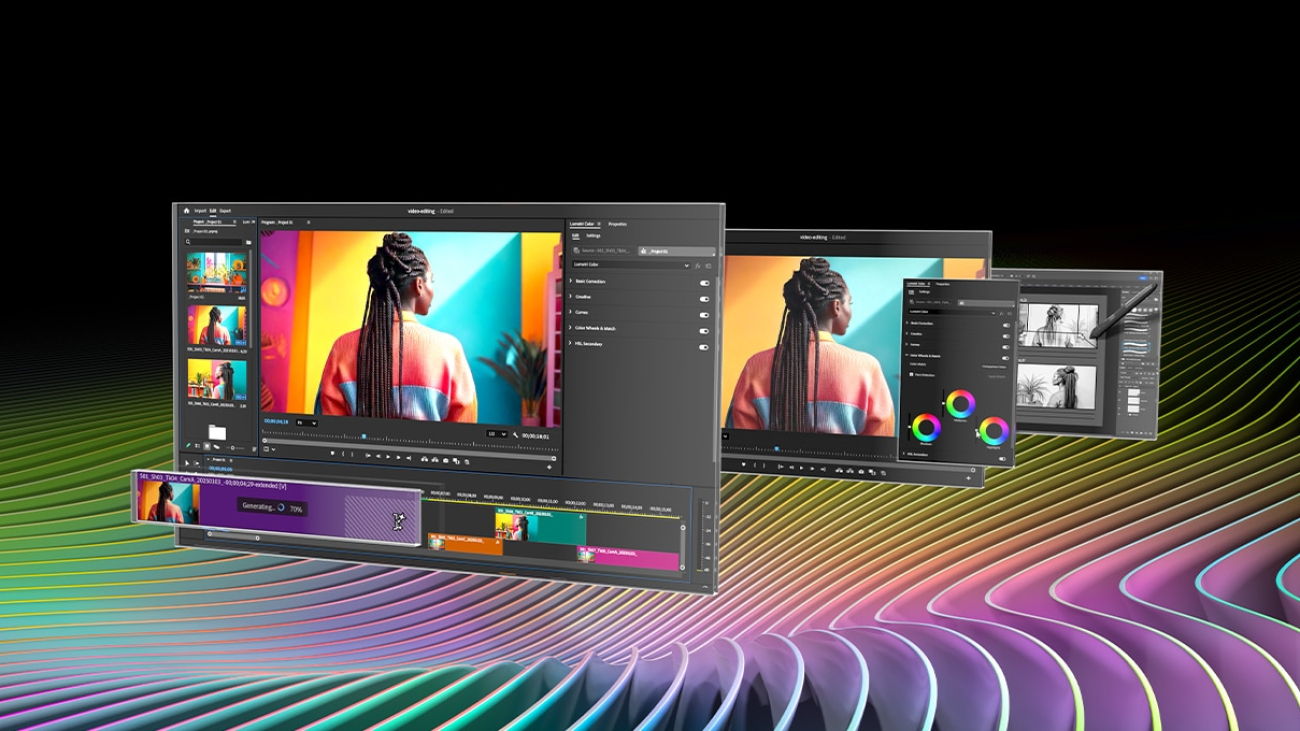

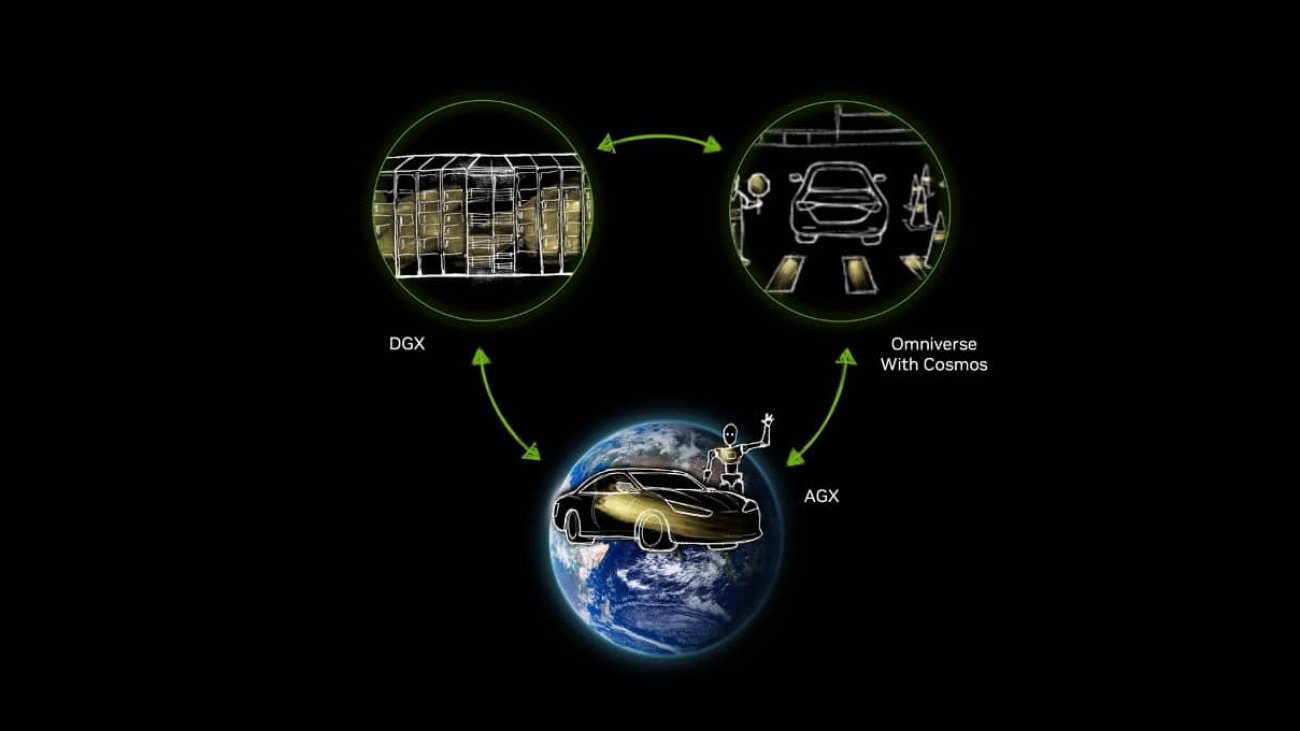
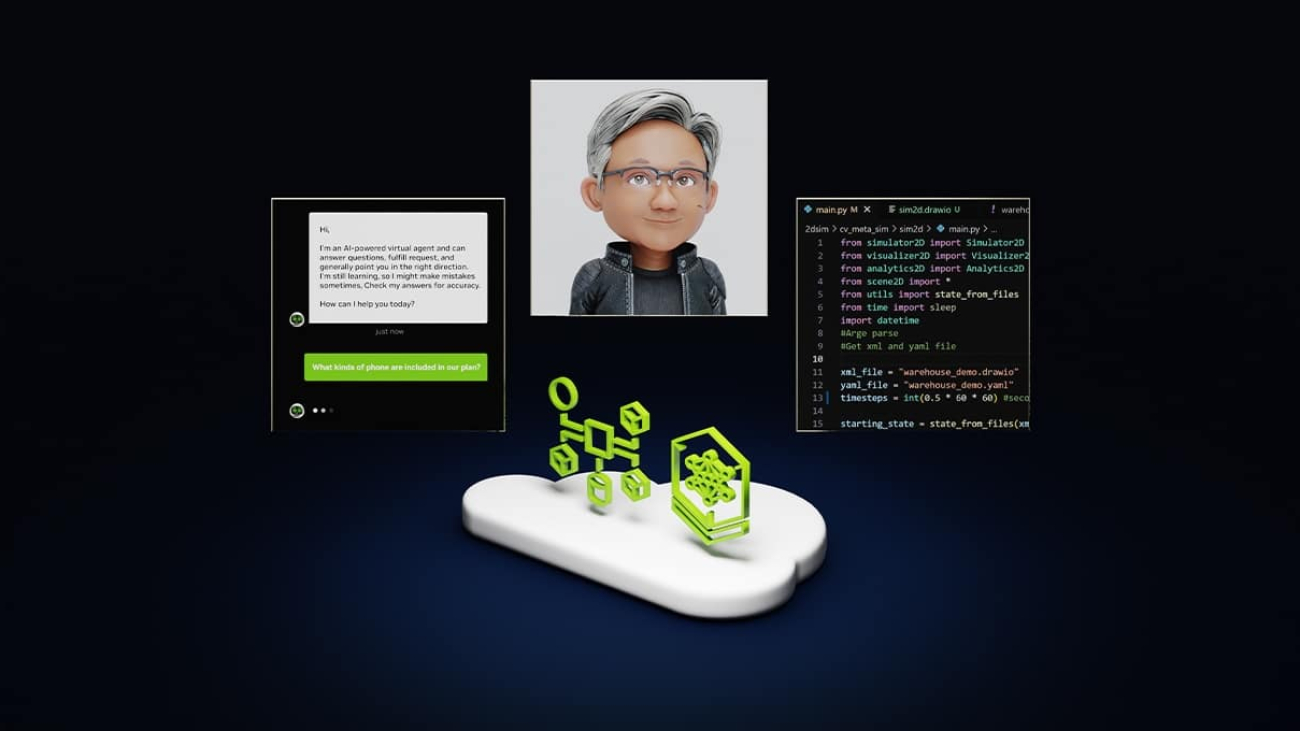
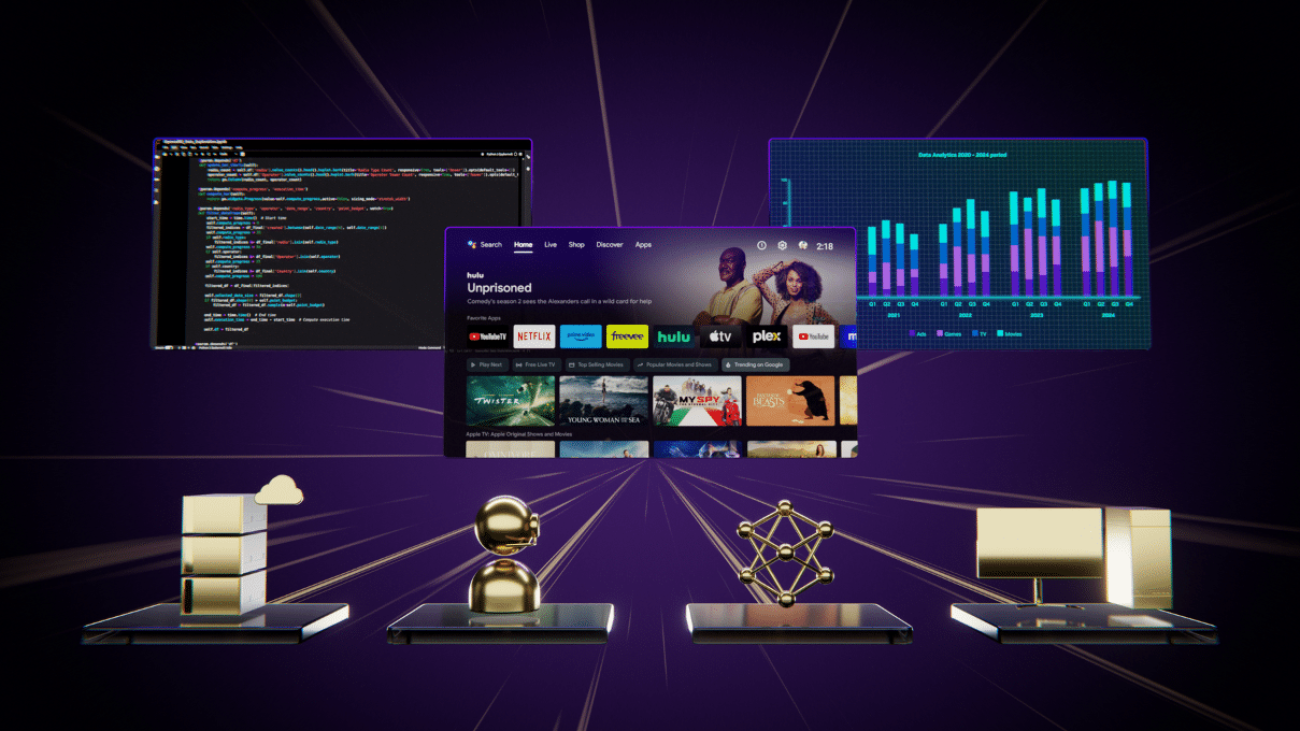
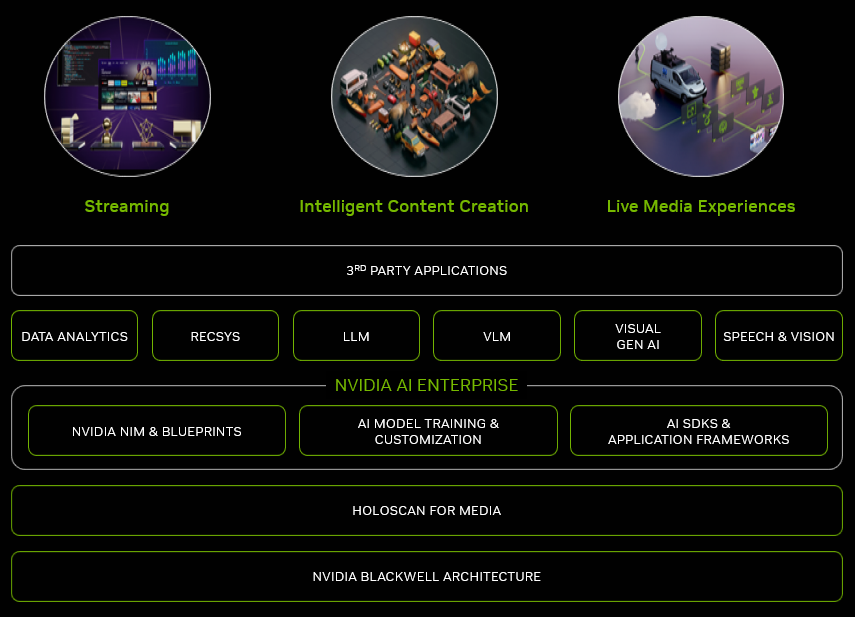
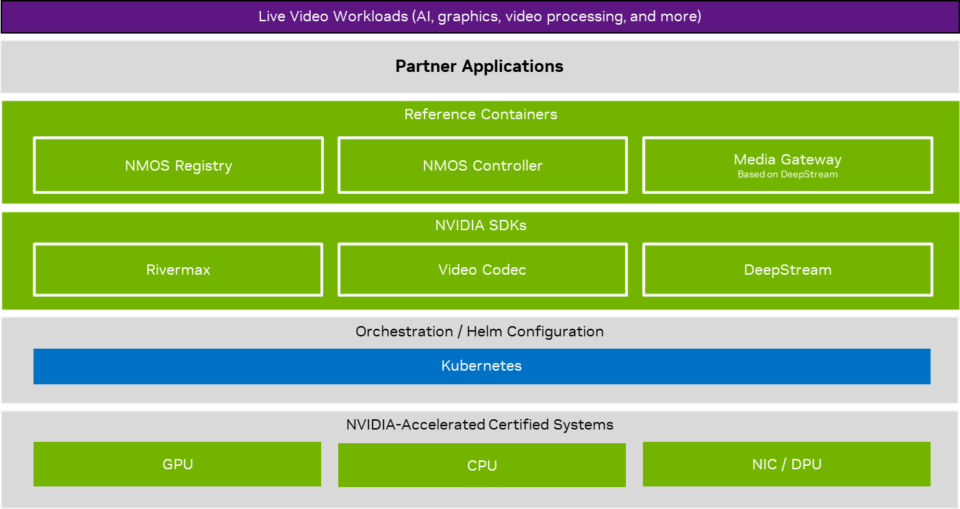
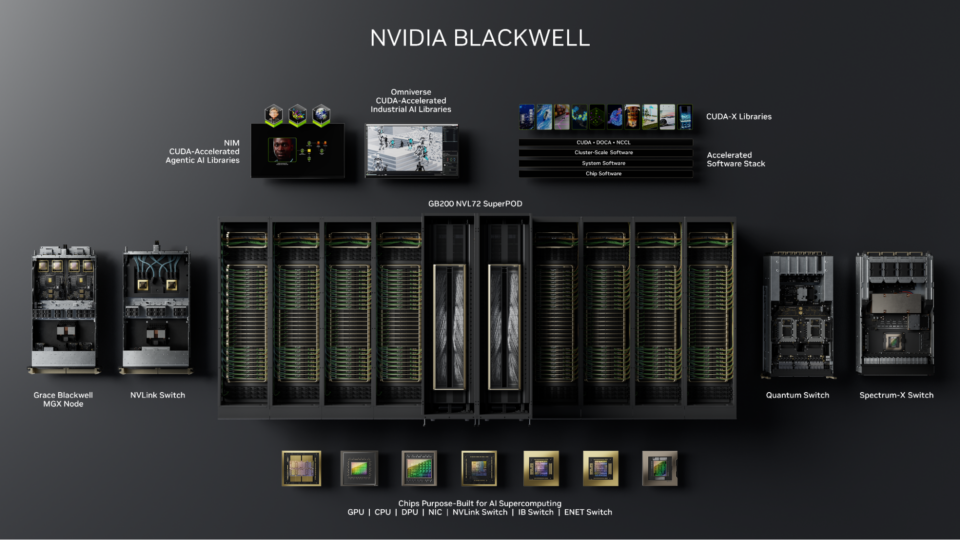

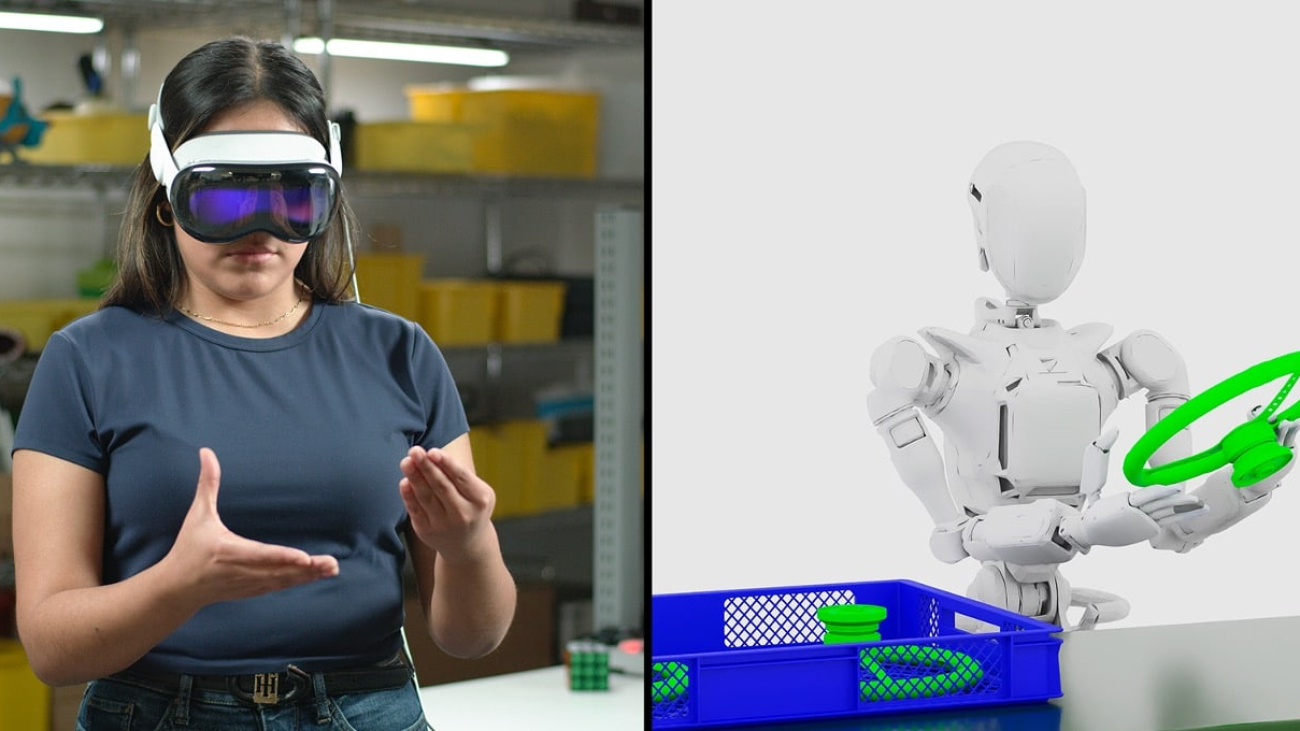
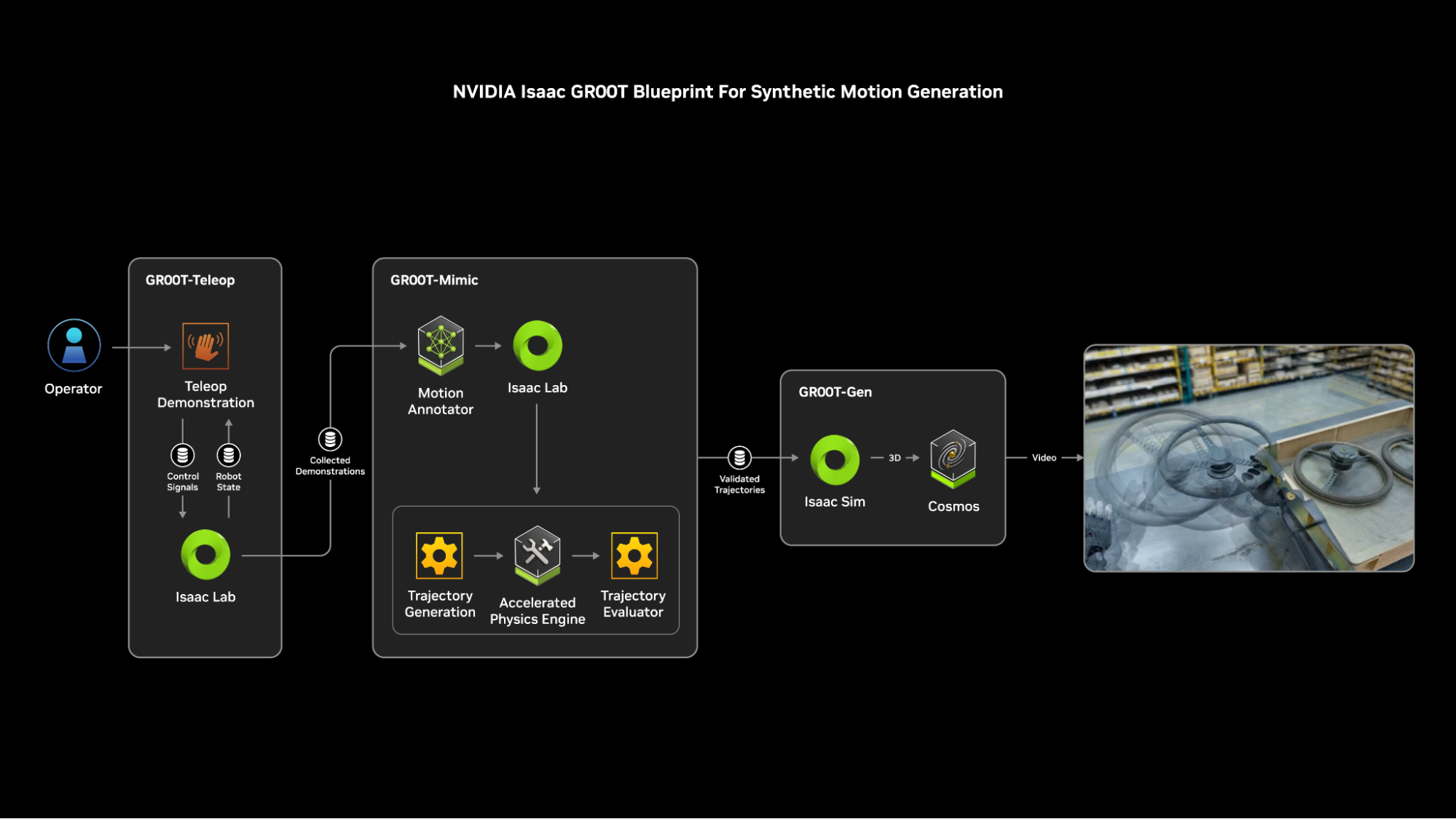
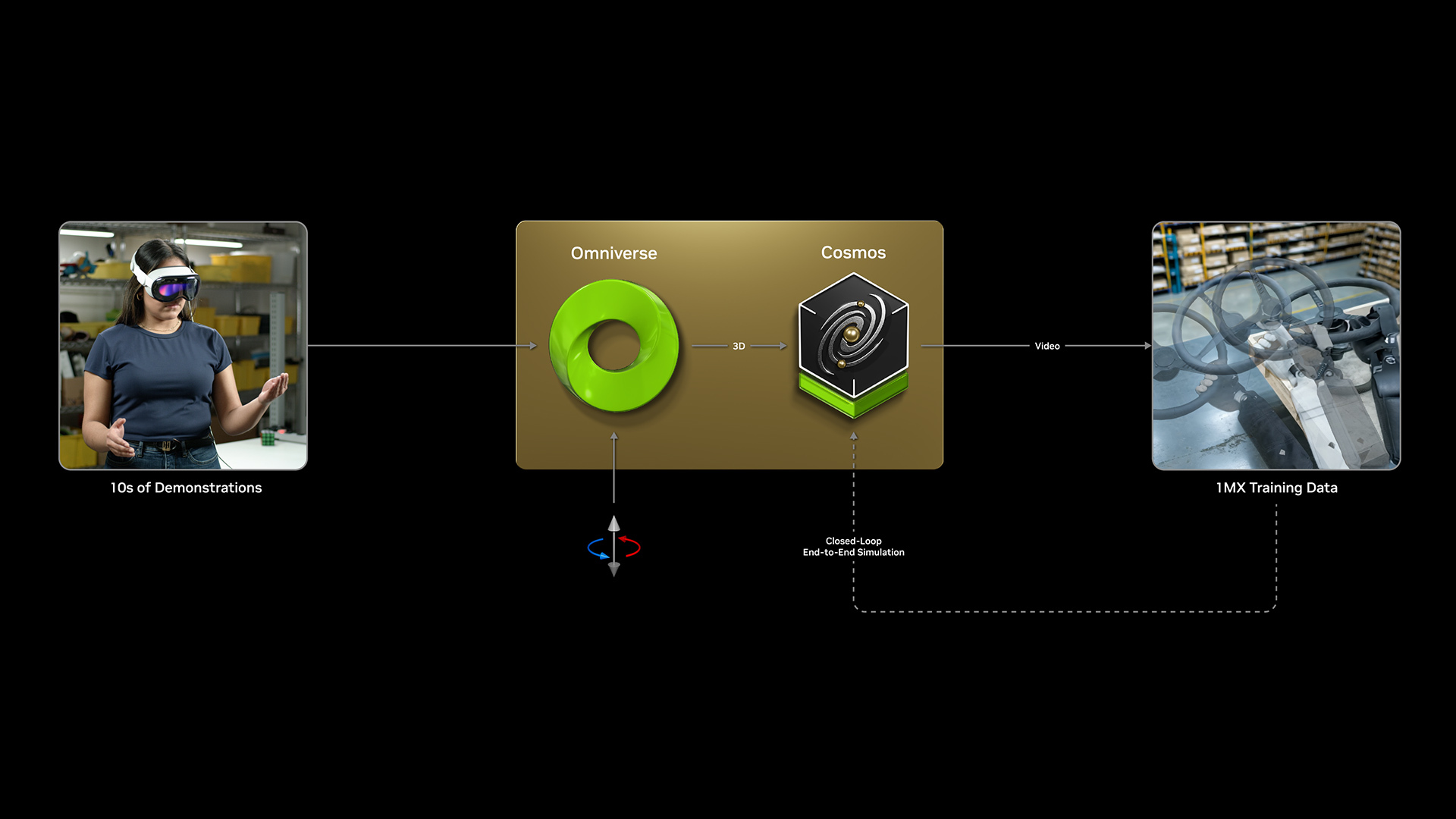
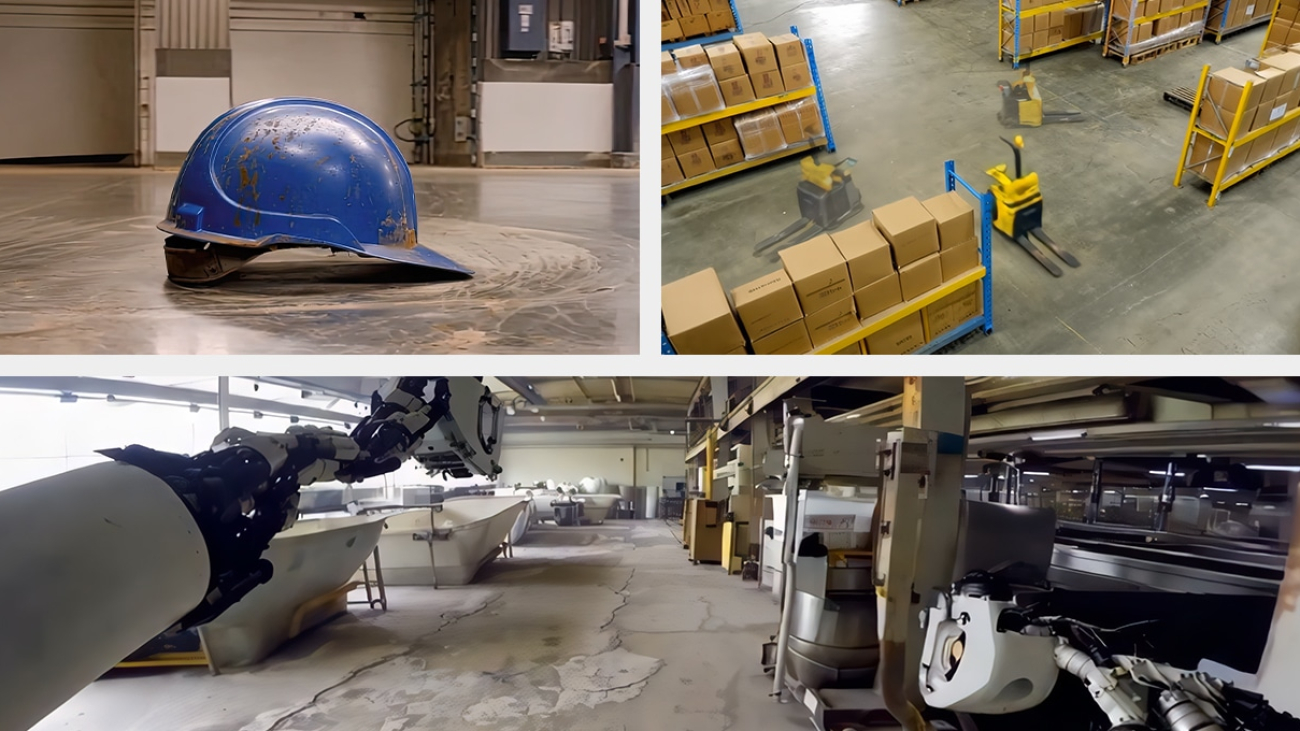

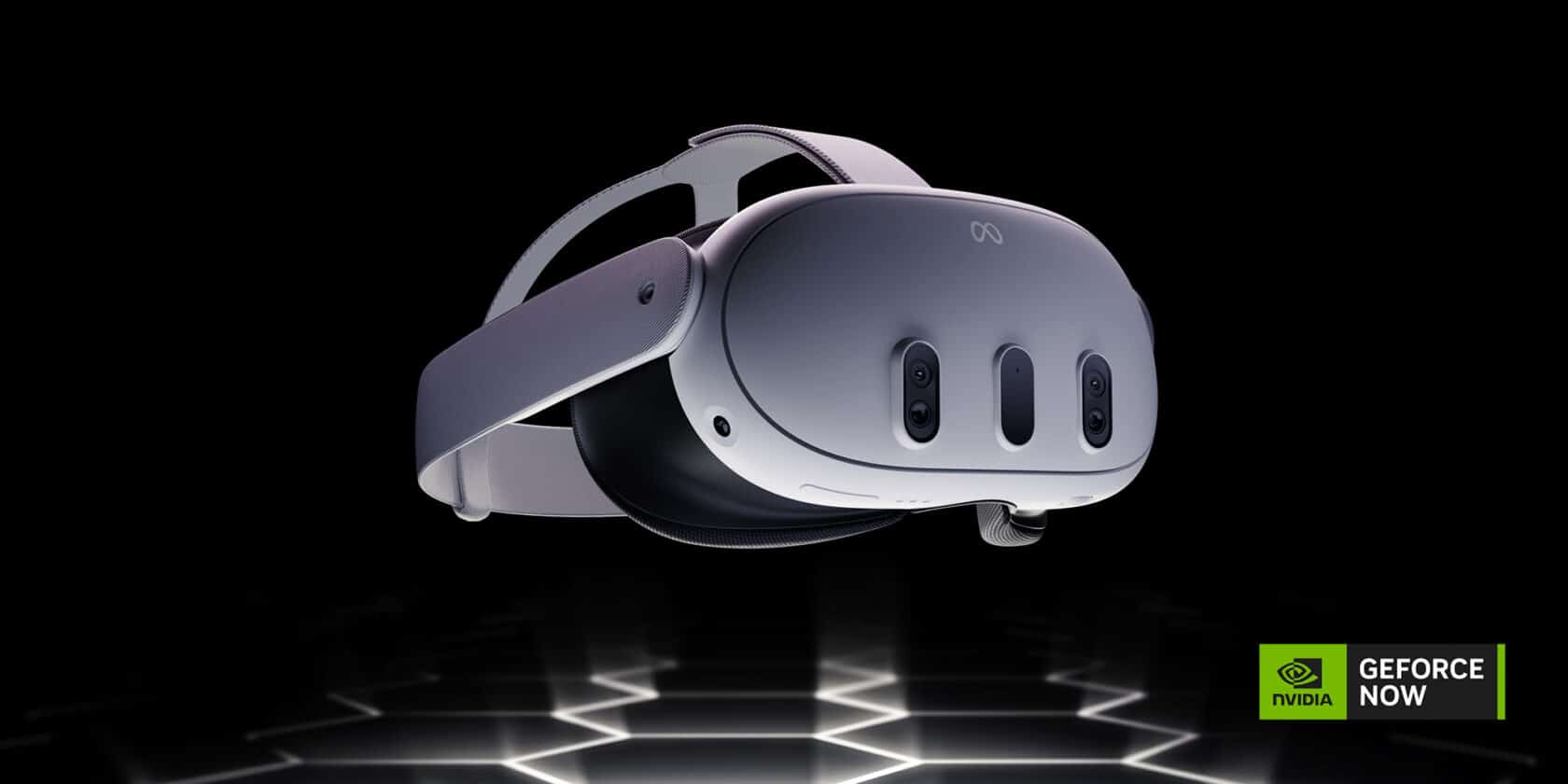
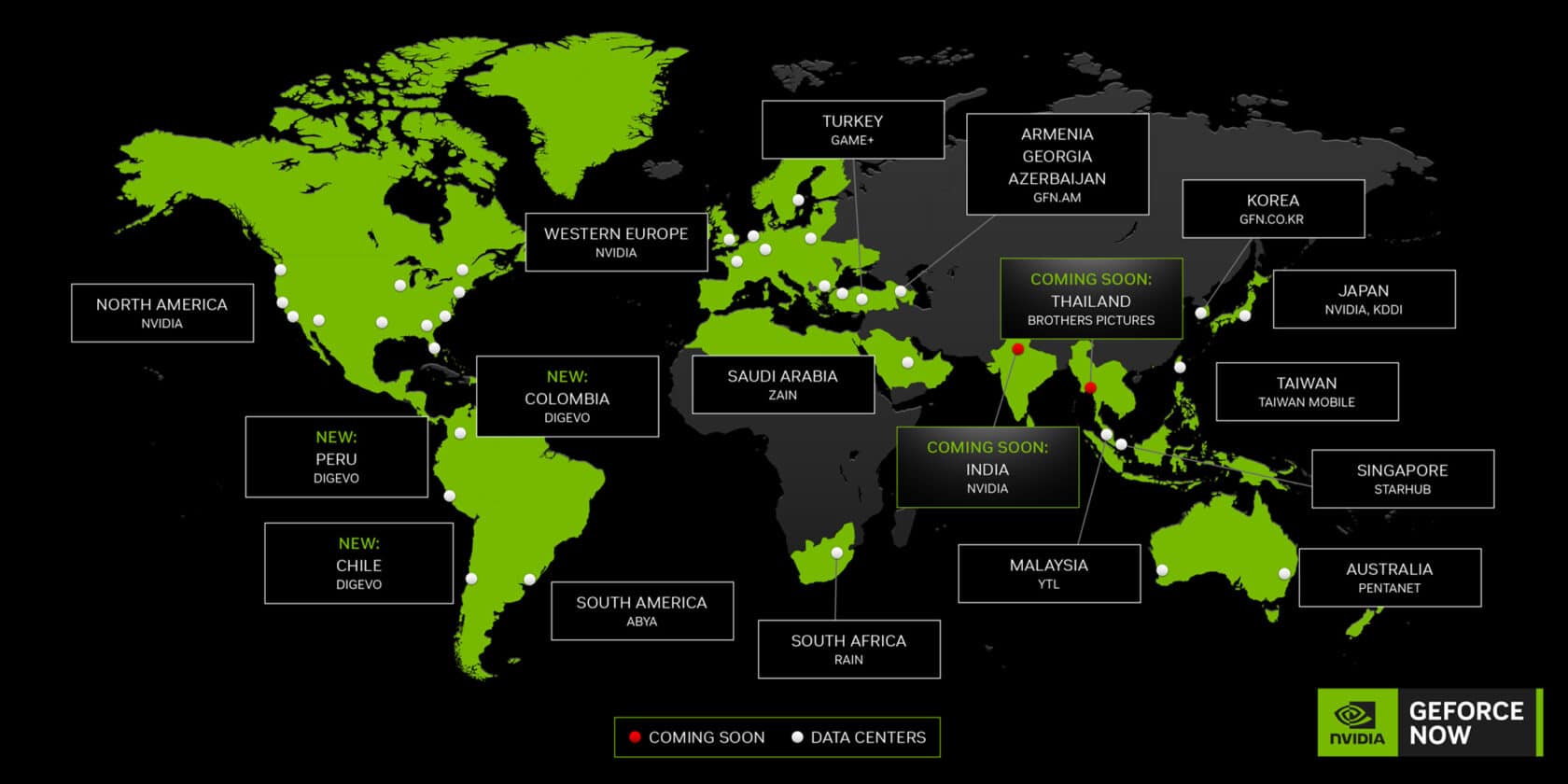
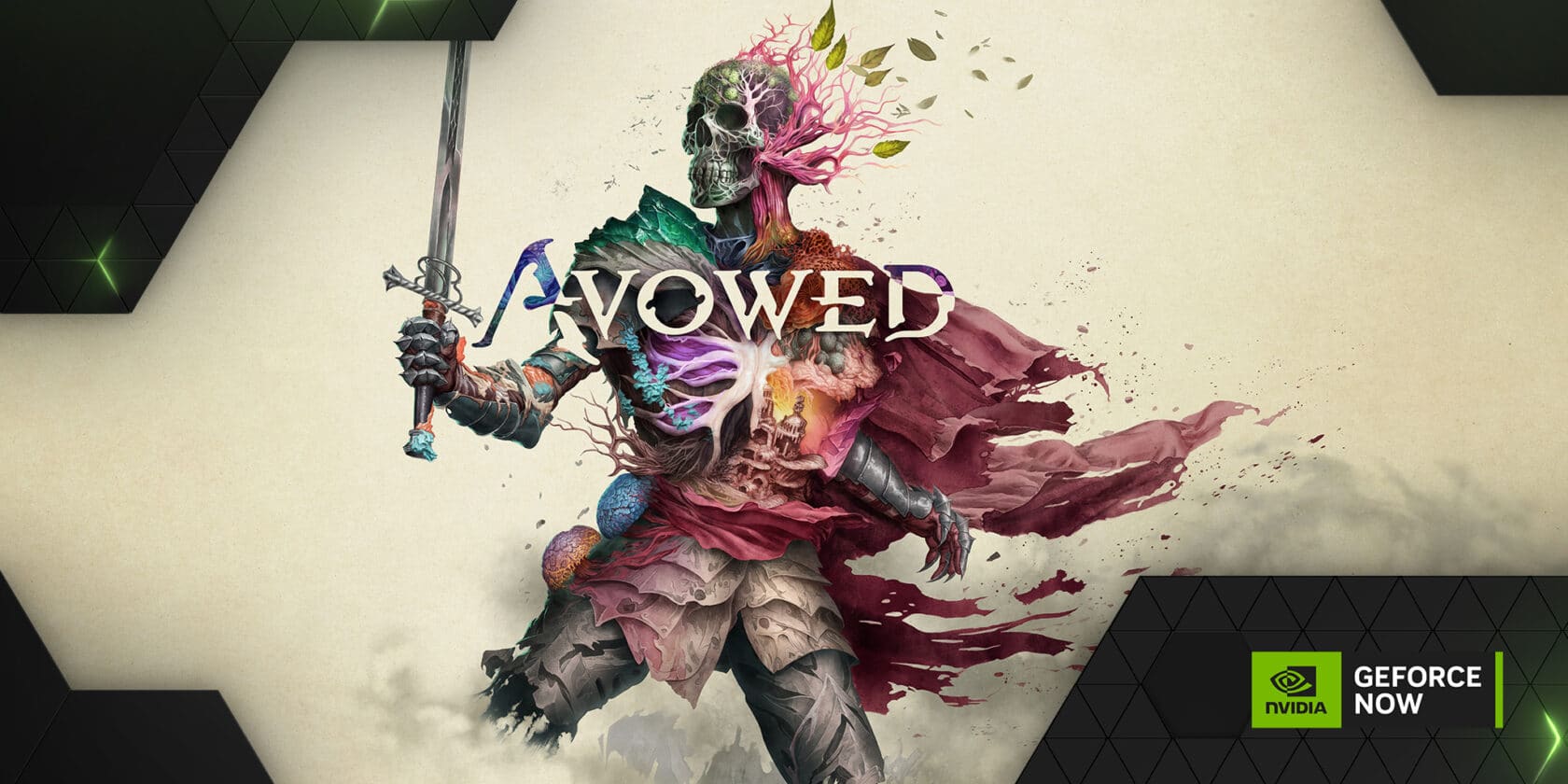
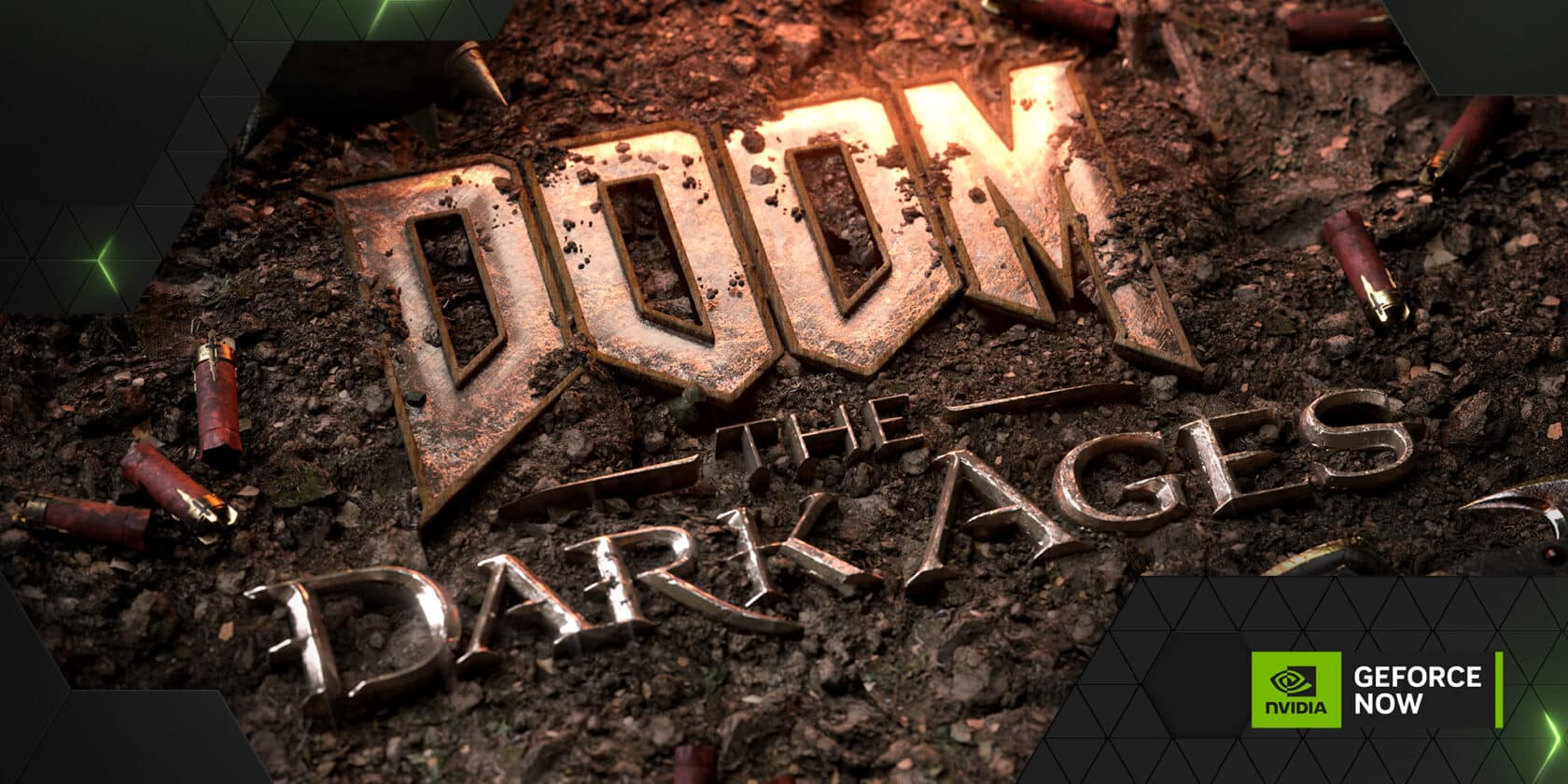
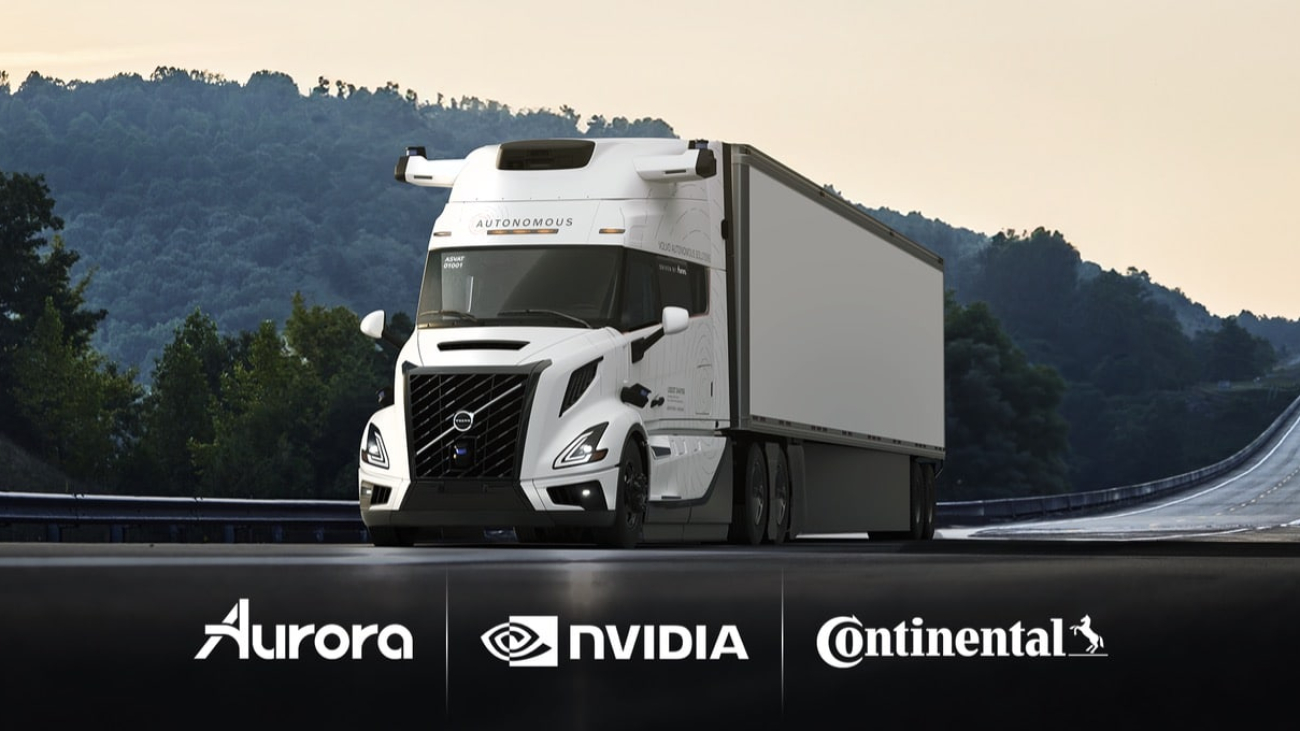

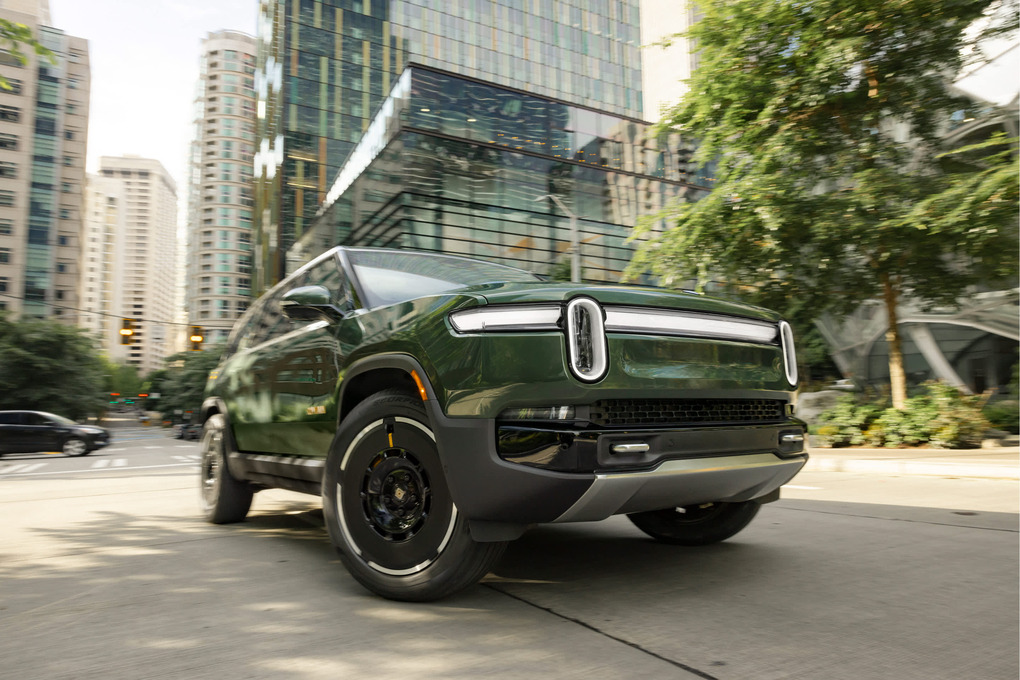
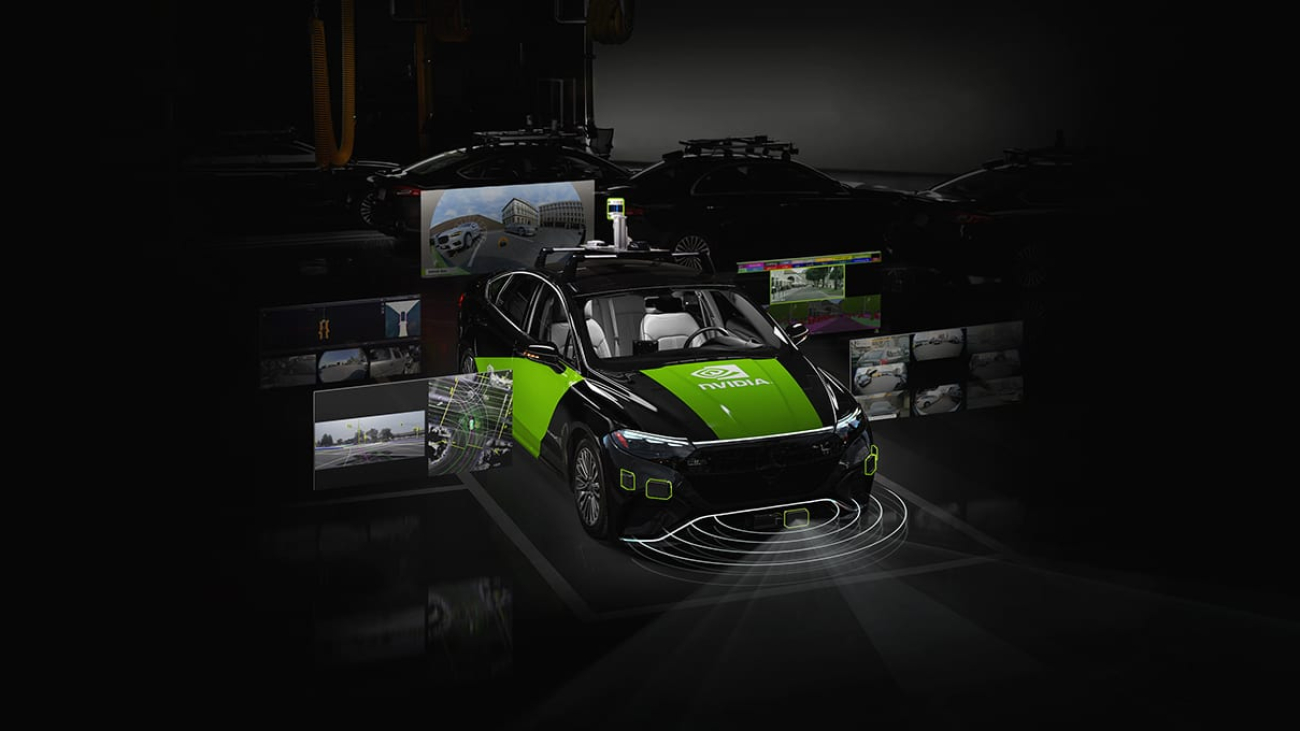
 The lab has been accredited by the ANSI National Accreditation Board (
The lab has been accredited by the ANSI National Accreditation Board (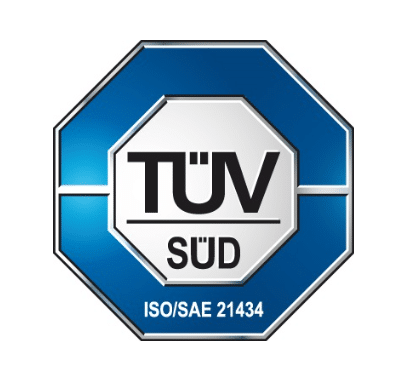 TÜV SÜD granted the ISO 21434 Cybersecurity Process certification to NVIDIA for its automotive system-on-a-chip, platform and software engineering processes. Upon certification release, the
TÜV SÜD granted the ISO 21434 Cybersecurity Process certification to NVIDIA for its automotive system-on-a-chip, platform and software engineering processes. Upon certification release, the 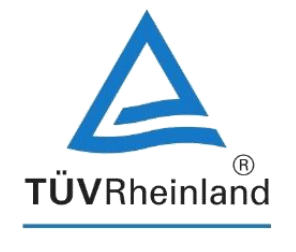 TÜV Rheinland performed an independent United Nations Economic Commission for Europe safety assessment of NVIDIA DRIVE AV related to safety requirements for complex electronic systems.
TÜV Rheinland performed an independent United Nations Economic Commission for Europe safety assessment of NVIDIA DRIVE AV related to safety requirements for complex electronic systems.